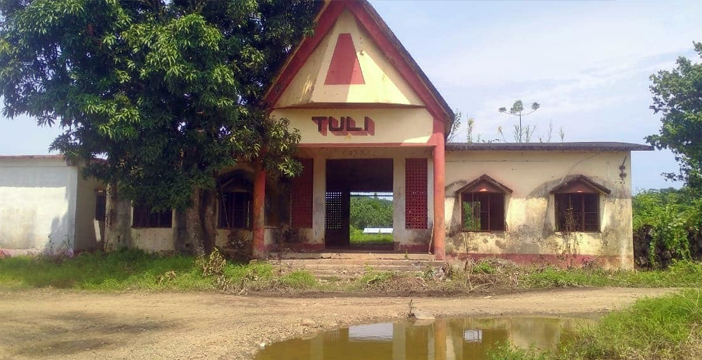The Global Naga Forum (GNF) has praised the Nagaland state government’s recent actions aimed at seeking justice for the victims of the Konyak Naga youths massacre in Oting, Mon district, describing the December 2021 incident as a “crucial” move towards upholding constitutional principles and human rights in the Naga homeland.
According to the GNF, they had previously compiled a comprehensive report based on gathered facts and, with the consent of the victims and their families, formally appealed to the Office of the UN High Commissioner for Human Rights to address the matter. However, the GNF highlighted the uncertainty surrounding the UN’s ability to intervene due to India’s historical opposition to international involvement in human rights issues concerning Nagas, a stance that has persisted for over seventy years.
The GNF emphasized the need for broader constitutional reforms in light of the Oting massacre case, which underscores fundamental rights enshrined in the Indian Constitution, particularly Article 21 (right to life) and Article 14 (equality before law). The incident also raises significant questions regarding India’s federal structure and the autonomy of states in law and order matters.
Highlighting the disparity, the GNF criticized the continued implementation of the Armed Forces Special Powers Act (AFSPA) in Nagaland, stating it starkly contrasts with constitutional guarantees.
”Its implementation, under the guise of addressing “security threats” has resulted in numerous human rights violations. We question who truly benefits from AFSPA’s continuance and who bears its brutal costs,” the GNF stated.
The GNF also criticized India for not recognizing indigenous peoples, stating that this stance contradicts several Supreme Court judgments that affirm adivasis and tribes as original inhabitants. The GNF emphasized that India’s failure to acknowledge indigenous peoples creates a legal paradox that requires resolution.
Citing the UN Declaration on the Rights of Indigenous Peoples (UNDRIP), the GNF highlighted Articles 3, 4, and 5, which underscore principles of self-determination and autonomy. These principles, according to the GNF, are particularly relevant in the Naga context.
The GNF also drew attention to the Oting massacre case, which they say follows a “disturbing pattern of delayed justice” reminiscent of past incidents such as the Wuzu and Oinam killings.
“This systemic delay erodes the Naga People’s faith in the Indian judicial system and demands immediate redress,” the GNF argued.
According to GNF, Nagaland’s filing of a writ petition in the Supreme Court is an indication to the state’s commitment to constitutional remedies and aligns with principles of cooperative federalism.
The GNF maintained that India, as a signatory to various international human rights treaties, has an obligation to uphold these standards.
“The treatment of the Oting case will be a litmus test for India’s commitment to these international norms,” it said.
Expedite Oting massacre justice, repeal AFSPA, recognize and respect Nagas’ Indigenous rights: GNF
The Global Naga Forum issued a strong demand to the Government of India, urging immediate action to expedite the judicial process for the Oting massacre case, ensuring swift and impartial justice for the victims and their families.
Furthermore, the forum called for the repeal of AFSPA immediately and unconditionally. The GNF criticized its hypocrisy for using it as a tool of oppression under the guise of security masked as security measures.
It demanded that India acknowledge and rectify its contradictory stance on indigenous peoples.
“Stop denying the existence of indigenous communities while selectively using tribal distinctions when convenient,” the GNF asserted.
It called for India to recognize the Nagas as indigenous people entitled to inherent rights, citing Articles 30 and 34 of the UN Declaration on the Rights of Indigenous Peoples (UNDRIP). Article 30 asserts the right to be free from military activities on their lands without prior consent, while Article 34 upholds the right to maintain distinct customs, spirituality, and juridical systems.
“India must respect these fundamental rights of the Naga people,” the GNF asserted.
The GNF urged India to follow the progressive examples set by countries like Canada, New Zealand, and Australia, as well as the Vatican’s recent repudiation of the Doctrine of Discovery.
“These actions demonstrate that it is possible and necessary to acknowledge historical injustices and take concrete steps towards reconciliation and respect for indigenous rights. India must show similar courage and moral leadership in its treatment of the Nagas and other indigenous peoples,” added the GNF.
It asked India to cease the charade of disingenuous dialogues and commit to a sincere, transparent, and equitable process to address the Naga political question. “The time for empty promises and delaying tactics is over,” stated the forum.
It further asked India to take concrete steps to rebuild trust with the Naga people by holding accountable all perpetrators of human rights violations, regardless of their position or affiliation.



